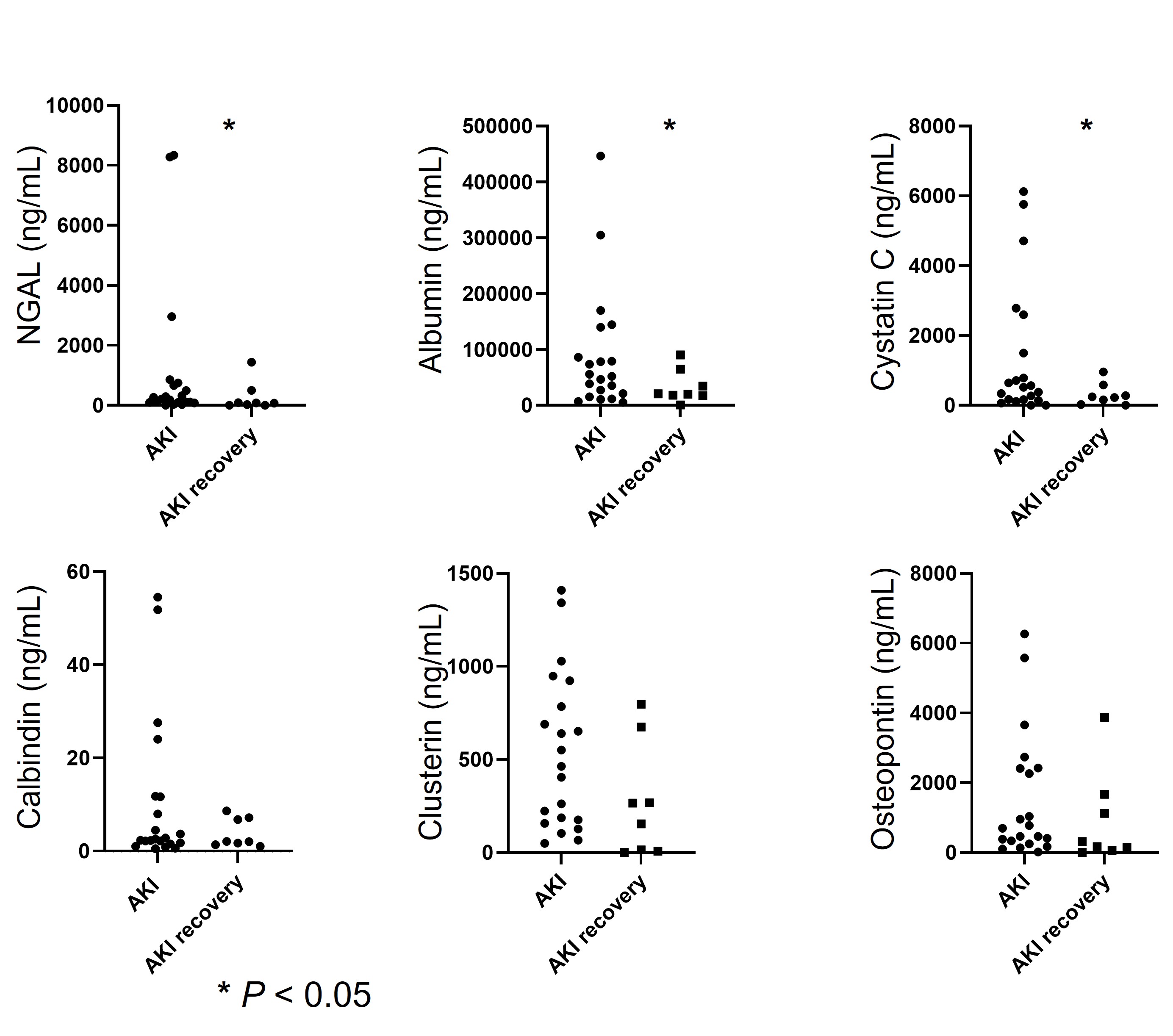Neonatal Nephrology/AKI
Neonatal Nephrology/AKI 1
227 - Novel Neonatal AKI Biomarkers
Publication Number: 227.242

Tahagod Mohamed, MD
Assistant Professor
Nationwide Children's Hospital
Columbus, Ohio, United States
Presenting Author(s)
Background:
Acute kidney injury (AKI) is a common comorbidity in critically ill neonates (CIN). AKI leads to increased morbidity and mortality. AKI diagnostis and classification currently rely on changes in serum creatinine concentration which have several limitations especially in the neonatal population. Novel kidney injury biomarkers have been studied to diagnose AKI accurately and to overcome the limitations of serum creatinine. Candidate biomarkers include urinary albumin, neutrophil gelatinase associated lipocalin (NGAL), osteopontin, clusterin, cystatin C, calbindin and KIM-1. The AKI prediction cutoff urinary concentrations of these biomarkers have been reported in very low birthweight neonates. However, these biomarker profiles have not been fully characterized in neonates with AKI.
Objective:
To characterize novel urinary AKI biomarker profiles in neonates with AKI and during AKI recovery.
Design/Methods: Prospective study in CIN in a single level IV NICU. Neonatal urine samples were collected at the time of AKI diagnosis (n = 21) and available samples at AKI recovery (n= 8) were analyzed. AKI diagnosis and recovery were determined according to KDIGO AKI diagnostic criteria. We used the Meso Scale Discovery (MSD) multiplex platform to accurately quantify multiple proteins simultaneously in neonatal urine. We tested two human kidney injury biomarker panels (Panels 3 and 5) per the manufacturer’s protocol, which measure 14 different urinary proteins associated with AKI. Biomarker concentrations are reported in ng/mL.
Results: The mean gestational age was 29.2 weeks. Mean serum creatinine concentrations at AKI diagnosis and recovery were 1.88 and 0.39 mg/dL respectively. Of 14 urinary proteins measured, 6 urinary biomarkers were elevated during AKI diagnosis compared to AKI recovery: NGAL (1159 vs 58.81), albumin (87988 vs 33258), cystatin C (1347 vs 307.7), calbindin (10.4 vs 3.8), clusterin (532.6 vs 272.7) and osteopontin (1525 vs 921.2), (Figure 1). These concentrations were well above the AKI prediction values. The other urinary proteins were below the AKI prediction values (not shown).
Conclusion(s): Candidate kidney injury biomarkers are easily detectable in the urine of neonates with AKI. These biomarkers have the potential to identify AKI accurately and rapidly in neonates and overcome the limitations of current AKI diagnostics.
